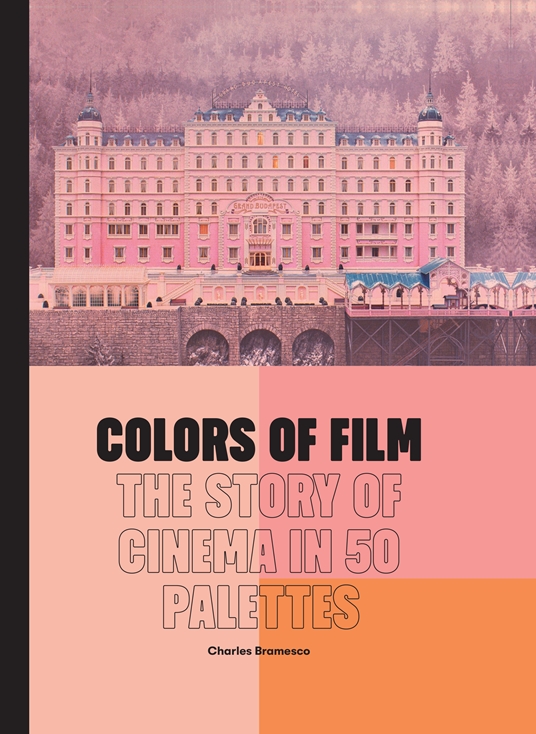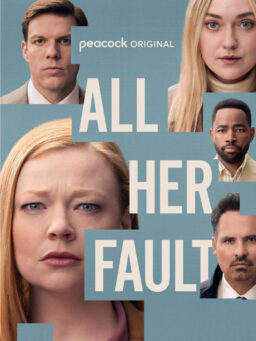I’ve joked before that “Film is a Visual Medium” is going to be engraved on my tombstone, probably after dying in a fight with someone who ignores every formal decision in a movie to simply judge its storytelling or characters. Not only was Roger Ebert a vocal proponent of form over content—one of his most popular quotes remains, “It’s not what a movie is about, it’s how it is about it”—but we have been actively beating this drum at the site that bears his name, notably in this incredibly shared piece by our Editor-at-Large Matt Zoller Seitz, “Please critics, write about the filmmaking.” Charles Bramesco, who has written for this site for the record, is fighting the good fight in his excellent Colors of Film: The Story of Cinema in 50 Palettes, now available in stores and online.
What’s so wonderful about Bramesco’s book, outside of a visually splendid layout that embraces the first word of that title with detailed color breakdowns of each palette, is how much it enhances the critical language of the average viewer. People who see films by directors like Jacques Demy, Wong Kar-wai, or Wes Anderson—just a few examples of filmmakers with a firm grip on color palettes—are impacted by the choices made when they pick a cool blue over a hot red, but they may not fully grasp the role these artistic decisions are playing in the final product. Great critics don’t try to change the mind of the reader as much as give them the vocabulary and education to appreciate what they’re seeing and even what they’re thinking about art. People often know they like something, but books like this unpack why they like it, revealing how much craft is married to content.
Bramesco starts with Georges Melies’ “A Trip to the Moon” in 1902 and ends over a century later with Steve McQueen’s “Lovers Rock.” In an era when it feels like more and more of the discourse is almost anti-artist as films are seen as products or visions are reproduced by A.I., something is fulfilling about a text like this that connects film history across generations. Of course, Melies and McQueen are radically different filmmakers, but they’re the bookends to a volume that connects them in a sense by unpacking how they both used color in their work. Melies and his colorist Elisabeth Thuillier had roughly 200 people hand-painting film. I love how the book connects that work to what McQueen and his creative team did 120 years later.
Of course, there’s a lot in between to unpack. Bramesco goes film by film, typically with a left page of information about the practical process and artistic craft of each choice, accompanied by a right page (and sometimes a couple more) that included a pertinent still and then the relevant color boxes. Some choices are obvious, like the way Stanley Kubrick explodes “2001: A Space Odyssey” into color in its psychedelic final act or the threatening greens of Alfred Hitchcock’s “Vertigo” (in which Bramesco cites Roger’s interpretation of the palette) while others are more unexpected and inspired. I’ve thought a lot about “Blue Velvet” and how it uses color in some obvious shots of suburbia but less about how it contrasts with darker choices when Dennis Hopper is going off the rails. Colors of Film has the ability to make you appreciate works that you already loved, which is a gift. And it’s also remarkably detailed in terms of the history of the process. In fact, some might find it a bit too technically dense at times, but Bramesco wants readers to understand how the use of color developed in film as much as the artistic choices made as it did so.
Hardcore fans of filmmakers who explicitly use color in ways that draw attention to it—think “Three Colours Trilogy” or “Chungking Express,” both included here—may wish that Colors of Film actually dug a little deeper into these works. You could do a book on color palettes in Demy or Bergman’s works alone. But this is not that project. It’s a detailed introduction to a new way for some people to appreciate art. And it couldn’t come at a better time.
Get your copy of Colors of Film: The Story of Cinema in 50 Palettes here.












